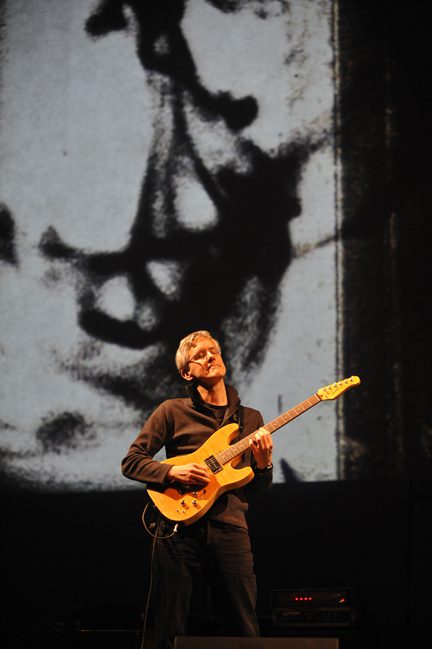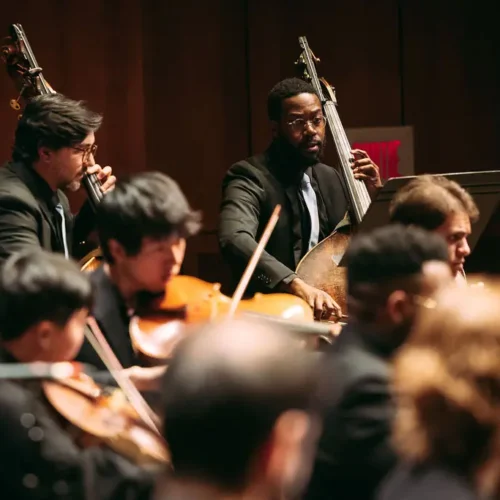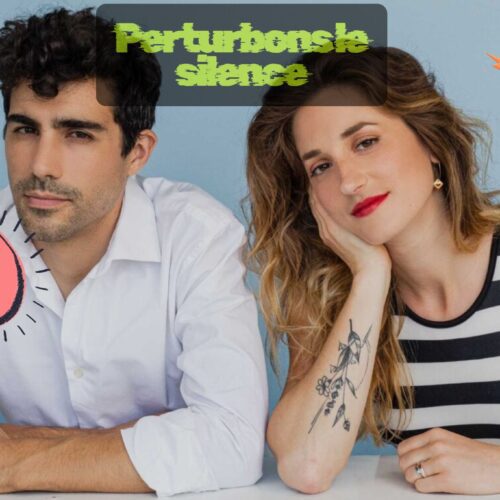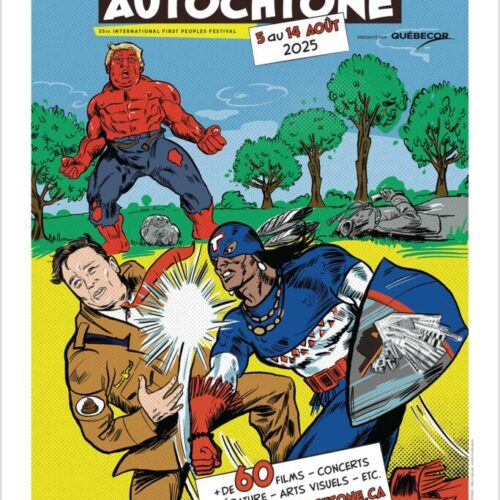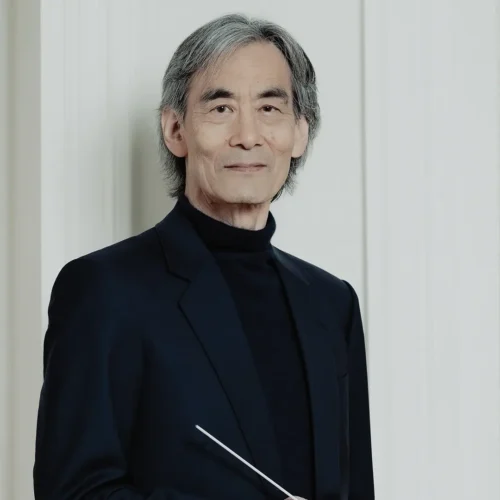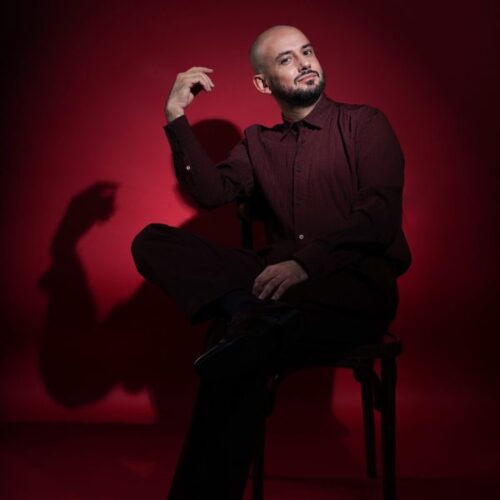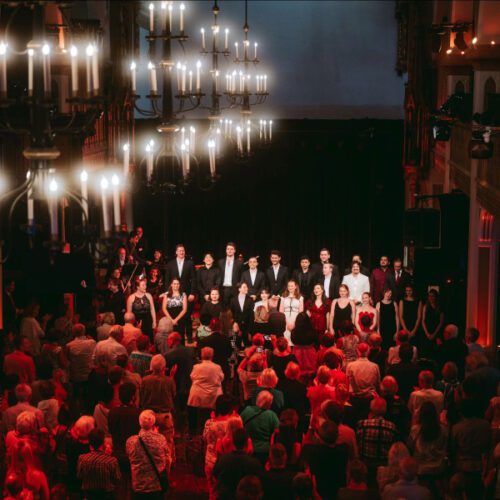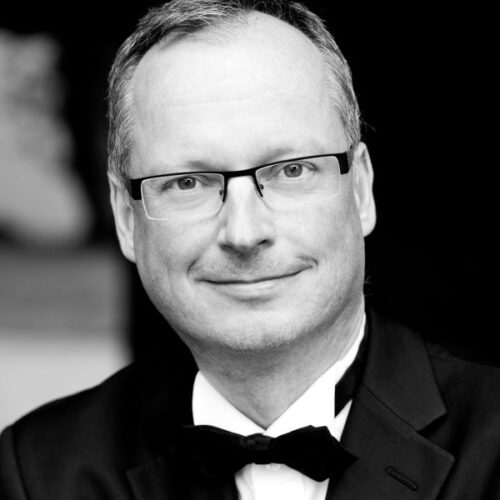Additional Information
Due to unforeseen circumstances, Matthew Warren Ruth will not be playing on March 15th as part of La Semaine du Neuf in a concert that was supposed to showcase his own work in addition to Tim Brady’s in the second half. Instead, Tim Brady will be playing the entirety of his solo guitar piece Symphony in 18 Parts and his piece For Guitar. We had the chance to ask about some of the specifics of these two pieces before this Saturday.
PAN M 360 – With respect to Symphony in 18 Parts, I would think turning a solo guitar into an entire symphony would be quite the challenge where timbres are concerned; but over forty-nine minutes you pull it off. How did you decide on the quality of the sounds you want and how to use them?
Tim Brady: Symphony in 18 Parts started as just a few little guitar pieces. It was only after I’d written three or four pieces that I decided to make it into this ambitious 50-minute work. But once I had made that decision, I knew I need to have as much variety as possible in terms of timbre and sound. Just six strings for 50 minutes is pretty intense, so I spent some time looking for very contrasting effects and loops just playing with sounds before I got into the detailed composition process. Once I had found a wide range of different tones, I then tried to imagine the journey we will make together in the concert hall – and how these sounds could help create the form of the piece, the journey for the listener.
PAN M 360 – Unless I’m mistaken, there aren’t any commercially released recordings of your piece For Electric Guitar at the moment. Will this piece be an ode to the instrument? A piece that’s particularly idiomatic of the guitar? Perhaps something altogether different?
Tim Brady: This performance will be the premiere, no recording has yet been released. Probably, I’ll release it sometime in 2026, but it is fun to premiere a piece in front of a live audience. And, yes, it is very idiomatic. There are some effects, but far fewer than in Symphony in 18 parts. It is really more about just playing guitar. Hence the somewhat laconic title: “For Electric Guitar.”
PAN M 360 – I understand that you’ve worked with Matthew Warren Ruth in the past and that he has composed works for your Instruments of Happiness guitar ensemble. How did you first begin collaborating and what is it about his own musical sensibilities that jive so well with your own?
Tim Brady: Due to some unforeseen circumstance, Matthew has, regrettably, had to cancel his performance on Mar. 15. He is a great guitarist and strong composer, he was a student of mine at Concordia several years ago. I hope the public gets to hear more of his music in the coming years. I will be playing the FULL 18 movements of Symphony, then a short intermission, the premiere of “For Electric Guitar.” There will still be lots of guitar music on offer!
PAN M 360 – I see, that’s too bad about Matthew. Well, I suppose I can still ask you this: This was previously being billed as “Two generations of guitar virtuosos;” with the electric guitar being a relatively young instrument, I’d be interested to know your take on how much guitar music has changed from one generation to another. Where do you suppose it goes from here?
Tim Brady: As an instrument, the electric guitar has evolved a great deal since 1932 (the “official” invention date). Amps and instruments are more flexible, more subtle, and the addition of effects (starting in the mid-1960s, with the real explosion starting in the late 1970s) has given it a new voice. The younger generation of players are great musicians, capable of playing in a rock band, a jazz gig, or following a conductor. The basics stay the same – six (well, sometimes seven or eight…) strings, clean versus distortion, loud versus soft, etc. There are a few basic choices, but each artist will find their own voice.
PAN M 360 – You told us previously that you make a habit of improvising on the guitar every day. Were any of the eighteen parts of your symphony improvised or was the piece more through-composed?
Tim Brady: Symphony in 18 parts is composed through. I use improvisation to keep in touch with music creation on a visceral level, and I do sometimes use it in my music. But not in this piece.
PAN M 360 – The names for the symphony parts themselves lie somewhere between poetic and meta. Did you decide to name them after your aesthetic choices? Is there some kind of narrative throughline? Perhaps I’m reading too much into it?
Tim Brady: Honestly, I’m not quite sure what those titles mean! I wanted to call things more than just “Movement 1” – to give a sense of identity to each section. So, I worked on a series of phrases that I found intriguing and then tried to see if there was some sort of relationship between the phrases and the music. But it is very much on a subconscious level – I just went totally on intuition, with no grand plan for the titles.
PAN M 360 – And finally: I need to know; any model of pedal or effect over the years that you have a sweet spot for? Do you happen to be a gearhead or do you go with whatever serves the music in the moment?
Tim Brady: I do enjoy following gear trends, and have owned tons of different gear over the decades, but I have not bought any new stuff for a while. Better to really know and use the gear you know than always trying something new. I have spent quite a bit of time on the basic sound and set-up for my guitars – pickups, alternate wiring configurations, strain gauge, string height, and choice of woods. It all starts with the guitar – that better sound and feel right. All the pedals in the world won’t fix a bad-sounding instrument.
